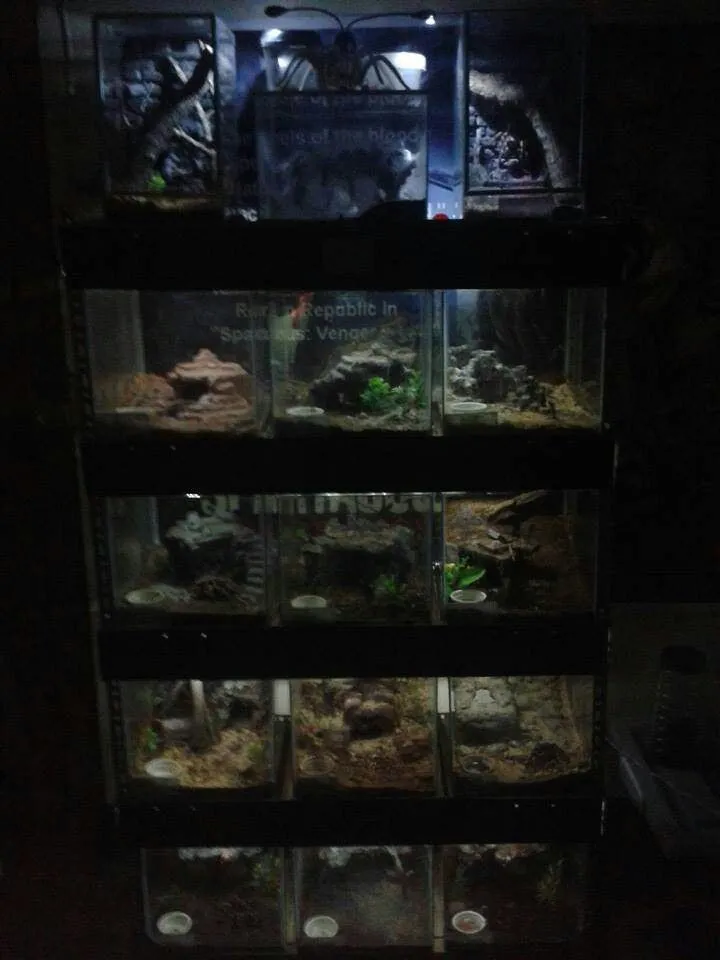Understanding Tarantula Enclosure Needs
Choosing the right enclosure is paramount for the health, happiness, and longevity of your tarantula. A suitable habitat replicates the spider’s natural environment, providing it with a secure and comfortable space. This buying guide delves into the essential aspects of tarantula enclosures, ensuring you make an informed decision. We’ll cover everything from size and material to ventilation and substrate, equipping you with the knowledge to create the perfect home for your eight-legged friend. Remember, a well-designed enclosure is not just a container, it’s a vital component of tarantula care, directly impacting its well-being and your enjoyment of this fascinating pet. The right enclosure provides security, allows for natural behaviors, and simplifies maintenance.
Why Proper Enclosure Matters
The enclosure serves as the tarantula’s entire world, influencing every aspect of its life. A poorly designed enclosure can lead to stress, illness, and even premature death. A properly sized enclosure allows your tarantula to move freely, hunt effectively, and engage in natural behaviors like burrowing or web-spinning. It provides security from potential threats, mimicking the safety of their natural habitat. Inadequate ventilation can lead to a buildup of harmful gases and mold, while incorrect humidity levels can cause molting problems and dehydration. Therefore, investing in the right enclosure is an investment in your tarantula’s health and vitality. A good enclosure helps you observe your pet, allowing you to enjoy its activities and catch early signs of any potential health issues. This will help in the long run, keeping your pet happy.
Impact on Tarantula Health & Wellbeing
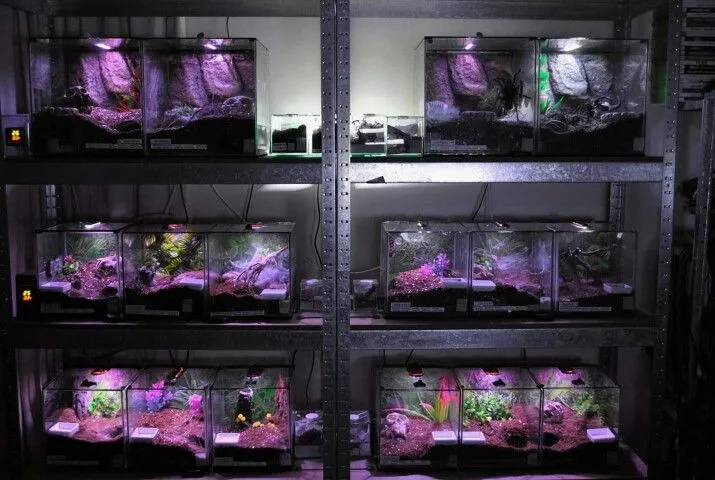
The enclosure’s impact extends far beyond mere containment, directly affecting the tarantula’s physical and psychological health. Stress from an inappropriate environment can suppress the immune system, making the spider more susceptible to diseases. Correct temperature and humidity levels are critical for successful molting; too dry, and the molt can fail, while too humid can lead to fungal infections. Furthermore, a well-designed enclosure provides enrichment, encouraging natural behaviors like hunting and burrowing. This reduces stress and boredom, contributing to a happier, more active spider. A stimulating environment can also improve your enjoyment of the pet, allowing you to see more of your spider’s natural behavior. By considering these factors, you can create a thriving environment.
Key Features to Look for in Tarantula Enclosures
Size and Dimensions
The size of the enclosure is one of the most critical factors. It should be large enough to allow the tarantula to move around comfortably, but not so large that the spider feels exposed and stressed. A good rule of thumb is to provide a space that is at least two to three times the tarantula’s leg span in width, and the height should be sufficient to accommodate substrate depth and any potential climbing. Terrestrial species, those that live on the ground, require more floor space, while arboreal species, those that live in trees, need more height. Always consider the adult size of the tarantula when selecting an enclosure, providing adequate space for future growth. An oversized enclosure for a small spider can be just as detrimental as an undersized one, as it can cause the spider to feel insecure.
Ventilation Requirements
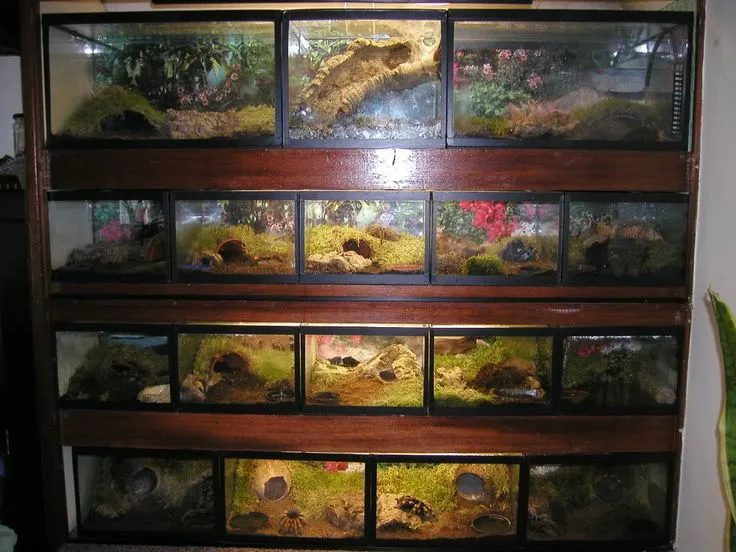
Proper ventilation is crucial to prevent the buildup of harmful gases and the growth of mold or fungus. The enclosure should have adequate ventilation to allow for fresh air circulation. This is typically achieved through a combination of cross-ventilation, with air entering from one side and exiting from the other, and ventilation holes strategically placed. Ensure that the ventilation is secure enough to prevent escapes while still allowing for airflow. Mesh tops are a common solution, but the mesh size should be small enough to prevent the tarantula from squeezing through. The ventilation design should also consider the humidity needs of your specific tarantula species, as excessive ventilation can dry out the enclosure too quickly.
Material Considerations
The material of the enclosure affects its durability, visibility, and ease of maintenance. Glass and acrylic are popular choices because they provide excellent visibility, allowing you to easily observe your tarantula. Glass is scratch-resistant but can be heavier and more fragile. Acrylic is lighter and more impact-resistant, making it a safer option, especially if there are children or other pets in the home. Plastic enclosures are often more affordable and lightweight, but the visibility may not be as clear. Consider the material’s insulating properties; some materials retain heat better than others, which can be important for maintaining the correct temperature gradient. Also, the material should be easy to clean and sanitize to maintain a healthy environment for your tarantula.
Substrate Depth and Type
The substrate is the bedding material that covers the bottom of the enclosure, and its depth and type are important for the tarantula’s wellbeing. The substrate provides a surface for the tarantula to walk on, burrow in, and maintain humidity. The depth of the substrate should be appropriate for the species; terrestrial species, especially those that burrow, require a deeper layer. The type of substrate depends on the tarantula’s needs. Common options include coconut fiber (eco earth), peat moss, vermiculite, and a mix of these. The substrate should retain moisture to help maintain humidity levels but also allow for proper drainage to prevent mold growth. Avoid substrates that are too dusty or that can harbor mites. The substrate is more than just bedding, it is critical to the environment of your tarantula.
Lighting and Heating Options
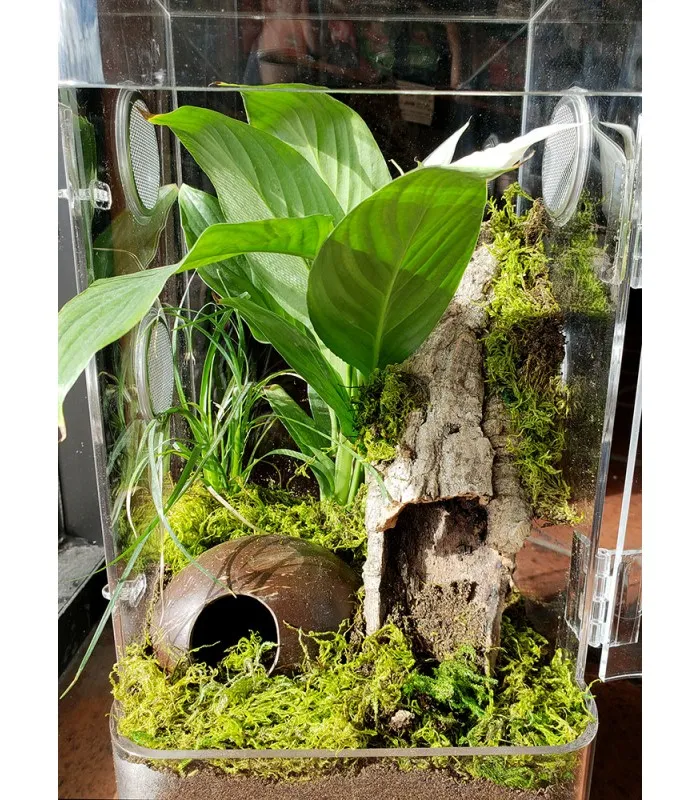
Tarantulas do not require specialized lighting, as they are primarily nocturnal and do not benefit from UV light. However, a low-wattage incandescent bulb can be used to provide a gentle heat source, but it’s crucial to maintain a proper temperature gradient. Avoid direct sunlight, as it can overheat the enclosure. The heating setup should be monitored carefully to prevent overheating. A heating pad placed on the side or back of the enclosure can also be used, but always with a thermostat to regulate the temperature and prevent burns. It’s more important to maintain a suitable temperature range rather than providing intense light. A thermometer is essential to monitor the temperature accurately within the enclosure.
Top Tarantula Enclosure Materials
Glass Enclosures
Glass enclosures offer excellent visibility, making it easy to observe your tarantula. They are also relatively easy to clean and sanitize. Glass is a durable material and, when properly manufactured, provides a safe environment for your pet. However, glass enclosures can be heavier and more fragile than other options. The weight can make them more difficult to move, and the risk of breakage is higher. Ensure that the glass is tempered for safety. Glass enclosures may also require more careful insulation to maintain the desired temperature and humidity levels, and condensation can sometimes be an issue. Ensure the glass enclosure has adequate ventilation to manage airflow and prevent moisture buildup.
Acrylic Enclosures
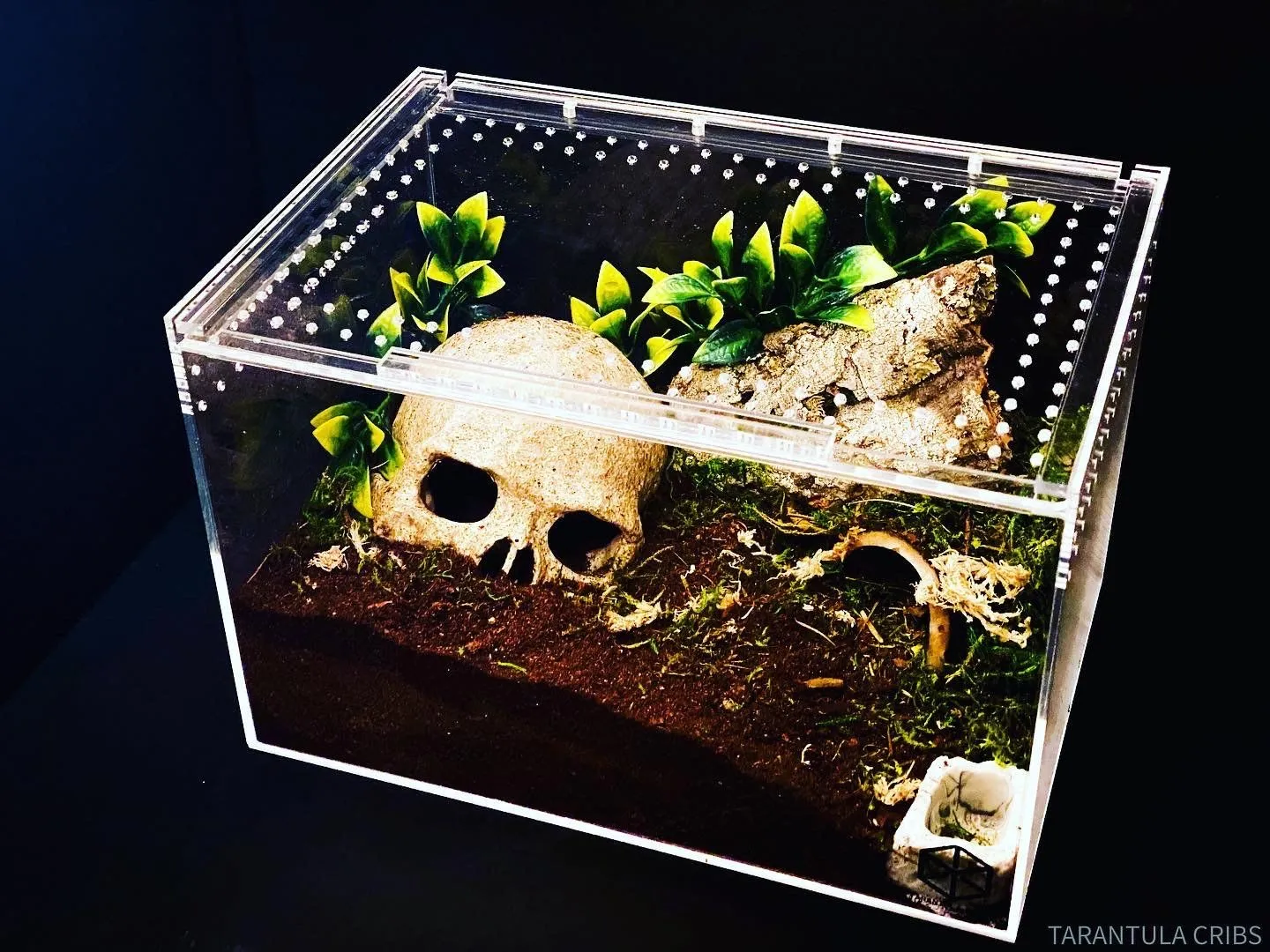
Acrylic enclosures provide great visibility, are lighter than glass, and offer superior impact resistance. Acrylic is an excellent choice for homes with children or pets, reducing the risk of breakage. Acrylic also tends to retain heat better than glass, helping to maintain a stable temperature. However, acrylic can scratch more easily than glass, so you should use caution when cleaning the enclosure. Special acrylic-safe cleaners are recommended to avoid damaging the surface. Some acrylic enclosures may also be slightly more expensive than comparable glass options. Choose high-quality acrylic to minimize the potential for clouding over time, ensuring that the enclosure remains clear and easy to observe.
Plastic Enclosures
Plastic enclosures are often the most affordable option and are lightweight and easy to handle. They are durable and typically have good ventilation. Plastic is also a good insulator, which can help maintain temperature and humidity. However, the visibility in some plastic enclosures may not be as clear as with glass or acrylic. The clarity of the plastic can vary, and it may scratch more easily. Ensure the plastic is non-toxic and designed for reptile or arachnid use. Plastic enclosures are suitable for many species, especially if you’re on a budget or need something lightweight. Consider the overall aesthetic; some plastic enclosures might not be as visually appealing as glass or acrylic.
Setting Up Your Tarantula Enclosure
Choosing the Right Substrate
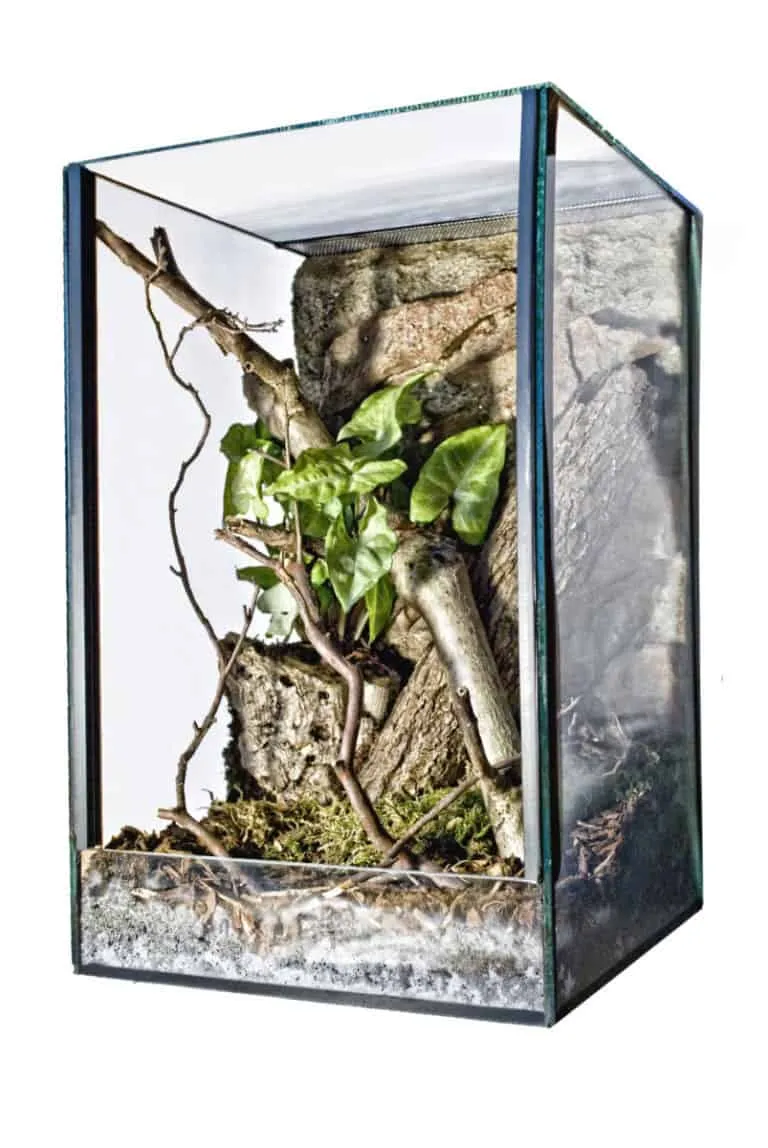
The substrate you choose is the foundation of your tarantula’s environment. Coconut fiber is a popular choice because it retains moisture well, helping to maintain the necessary humidity levels, and is generally safe for tarantulas. Peat moss is another option, but it can be acidic, so you should research compatibility with the specific species. A mix of substrate types can also be beneficial, allowing for the creation of different microclimates within the enclosure. The depth of the substrate should be appropriate for the tarantula’s species; burrowing species require a deeper substrate layer. Ensure the substrate is free from pesticides and other harmful chemicals. You must always check the substrate before adding your tarantula.
Creating Hides and Enrichment
Providing hides and other forms of enrichment is crucial for the well-being of your tarantula. Hides offer a sense of security, allowing the spider to retreat and feel safe. Cork bark, hollow logs, and artificial hides specifically designed for reptiles and arachnids are all excellent choices. Arrange the hide so it provides a snug fit for the spider. Enrichment can also include plants (live or artificial), which can help to maintain humidity and provide a more naturalistic environment. Ensure that any decorations are safe and will not topple over, potentially harming the tarantula. Avoid anything that could trap the spider. A naturalistic environment is a more stimulating one.
Maintaining Humidity and Temperature
Monitoring and maintaining the correct temperature and humidity levels are crucial for your tarantula’s health. Use a digital thermometer and hygrometer to track the conditions inside the enclosure. The ideal temperature and humidity levels vary depending on the species; research your tarantula’s specific requirements. To increase humidity, you can mist the enclosure with dechlorinated water using a spray bottle. Ensure adequate ventilation to prevent excessive moisture buildup. Adjust the heating setup to maintain the desired temperature. Regular checks and adjustments are necessary to ensure the environment remains optimal. Always prioritize your tarantula’s specific needs.
Best Tarantula Enclosures 5e Product Reviews
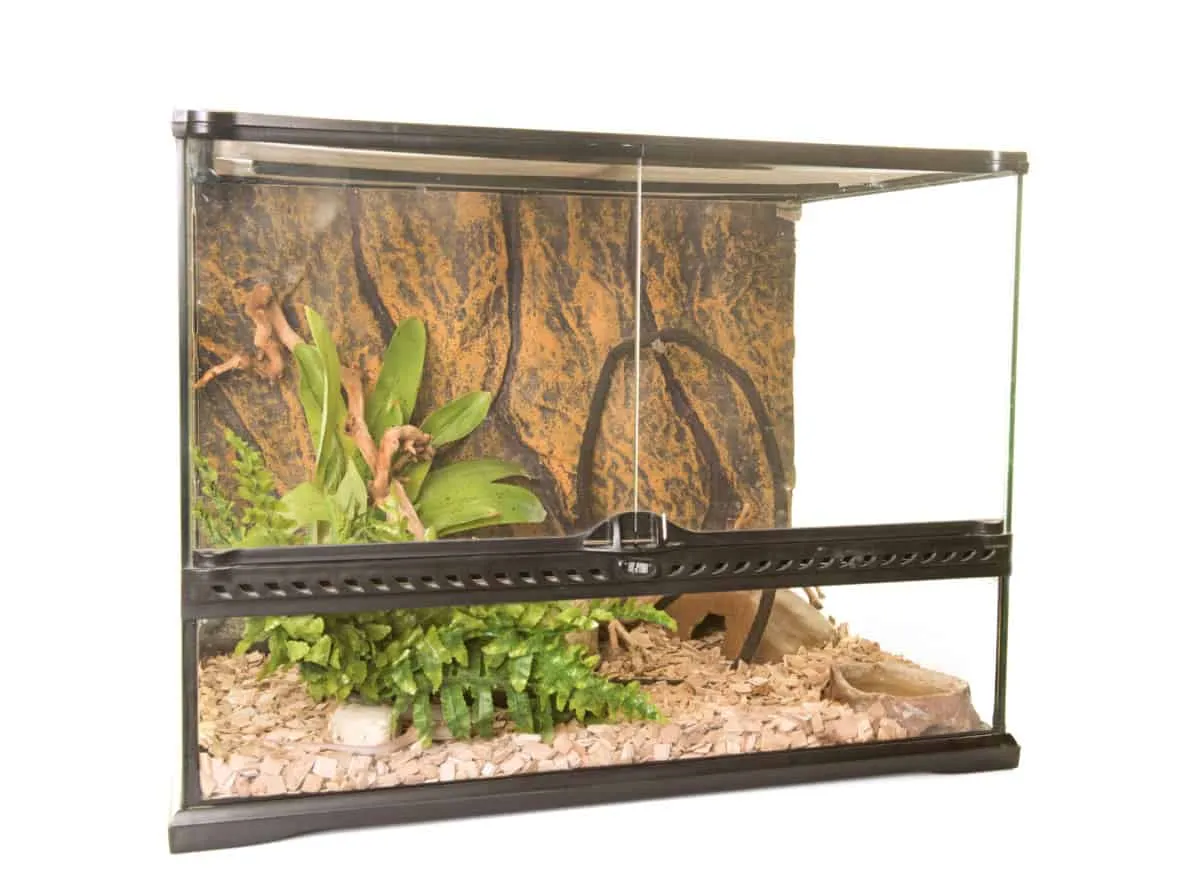
Reviewing Top Enclosure Brands & Models
When choosing an enclosure, consider well-regarded brands and models known for quality and safety. Research reputable brands and read customer reviews to gauge the durability, ventilation, and overall suitability of the enclosure. Some popular brands specialize in reptile and arachnid enclosures, offering a range of sizes and features. Focus on enclosures specifically designed for tarantulas, as they often incorporate features like secure lids, appropriate ventilation, and easy access for feeding and maintenance. Compare different models, considering the materials, dimensions, and any additional features, such as built-in hideaways or pre-drilled holes for accessories. This will help in finding a suitable enclosure for your spider.
Pros and Cons of Each Enclosure Type
Each enclosure type has its own advantages and disadvantages. Glass enclosures offer excellent visibility but can be heavy and fragile. Acrylic enclosures are lightweight and more impact-resistant but can scratch. Plastic enclosures are affordable and durable but may have less clear visibility. Consider your budget, the species of tarantula you have, and your personal preferences when making your choice. If you have children or pets, acrylic might be the safest option. If budget is a primary concern, plastic might be the best fit. Weigh the pros and cons of each type carefully to ensure it meets your needs and the specific needs of your tarantula.
Safety Precautions and Considerations
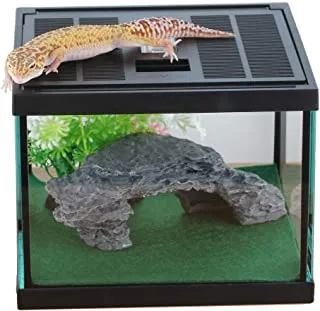
Preventing Escapes
Tarantulas are escape artists, so it’s vital to choose an enclosure with a secure lid. The lid should fit snugly and not have any gaps that the spider could exploit. Consider using clips or locks to further secure the lid, especially for arboreal species that can climb. Regularly inspect the enclosure for any signs of wear or damage that could compromise security. When opening the enclosure for feeding or maintenance, be extremely cautious and keep a close eye on your tarantula. Always keep a clear view of the spider, and minimize the time the enclosure is open. Consider the species; some are better escape artists than others.
Cleaning and Maintenance
Regular cleaning is essential to maintain a healthy environment for your tarantula and prevent the build-up of bacteria and mold. Remove any uneaten food and waste regularly. Spot-clean the enclosure as needed, and perform a complete cleaning, including replacing the substrate, every few months. Use a reptile-safe disinfectant to sanitize the enclosure, following the manufacturer’s instructions. Rinse the enclosure thoroughly after cleaning to remove any residue. Avoid using harsh chemicals that could harm your tarantula. Maintain the enclosure regularly to ensure a clean and healthy environment for your pet. The frequency of cleaning will depend on the species.
Common Mistakes to Avoid
Avoid common pitfalls, such as overcrowding the enclosure, using inappropriate substrates, or failing to maintain the correct temperature and humidity levels. Don’t house tarantulas together unless you are experienced breeders, as they are solitary creatures and can be cannibalistic. Ensure that the enclosure is not placed in direct sunlight or near heat sources that could cause overheating. Make sure that the ventilation is good, and the enclosure is kept away from drafts. Research the specific needs of your tarantula species to avoid making mistakes. Failure to follow these guidelines can lead to a stressed, unhealthy, or even deceased spider.
Conclusion
Choosing the best tarantula enclosure is a crucial step in providing a safe and comfortable home for your pet. By considering factors like size, material, ventilation, and substrate, you can create an environment that promotes the tarantula’s health and wellbeing. Remember to research the specific needs of your tarantula species and regularly monitor the enclosure’s conditions. With the right enclosure, you’ll not only provide a good home for your tarantula, but you’ll also ensure your pet’s happiness and longevity. By following this guide, you will be able to choose the best enclosure for your spider.
